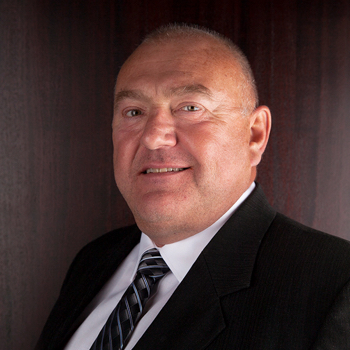Using technology, your eye doctor has several ways to help relieve dry eyes. One of these treatments is intense pulsed light (IPL) therapy. Your optometrist may recommend this treatment if it suits your dry eye needs—but how does it work?
Continue reading to learn more about dry eye and IPL, including how this treatment helps relieve your symptoms.
What Is Dry Eye?
Dry eye is a condition where your tears don’t hydrate your eyes properly, leading to dry, irritated eyes. Tears also protect your eyes from bacteria and debris. Many Canadians live with this condition, experiencing several uncomfortable symptoms.
Common dry eye symptoms include:
- Burning sensation in the eyes
- Stringy mucus in or around the eyes
- Light sensitivity
- Red eyes
- Foreign object sensation
- Difficulty wearing contact lenses
- Watery eyes
- Eye fatigue
- Blurry vision
What Causes Dry Eye?
Dry eyes typically occur due to an issue in the 3 layers (mucus, water, and oil) that make up your tear film.
Each layer has a different purpose:
- Helping tears stay on the eye
- Hydrating the eye
- Preventing tears from evaporating too quickly
When problems arise in the tear film, you may experience decreased tear production, increased tear evaporation, or a combination of both.
Decreased Tear Production
Decreased tear production occurs when your body creates fewer tears. Without enough water, your eyes can become dry.
Age is a common cause of this problem, but other factors can include:
- Certain medical conditions
- Certain medications
- Desensitized corneal nerves
Increased Tear Evaporation
Increased tear evaporation occurs when your tears dry out too quickly, causing irritation. This commonly occurs due to meibomian gland dysfunction, where glands that produce the oil for your tear film become blocked or clogged, restricting oil flow.
Other causes of increased tear evaporation can include:
- Infrequent blinking
- Eyelid problems like ectropion & entropion
- Eye allergies
- Preservatives in eye drops
- Environmental factors
- Vitamin A deficiency
Depending on the cause of your symptoms, your eye doctor may have several dry eye treatments available. One of these treatments is intense pulsed light (IPL) therapy.
What Is IPL & How Does It Treat Dry Eye?
IPL therapy is a treatment for dry eye. It uses light pulses from a handheld device to treat the skin around the eyes, reducing dry eye symptoms.
The light in this treatment can relieve inflammation in the blood vessels within the eye and help melt oil blockages in the meibomian glands so the oil can flow freely and help tears last longer.
Many IPL treatment devices are available today, each with different benefits and specifications. One of these IPL devices is Eye-light, which uses IPL and low-level light therapy (LLLT) to treat dry eyes. Eye-light provides precise light pulses to help relieve dry eye symptoms from IPL and LLLT.
After treating the eyes with IPL, you wear a specialized mask that administers different wavelengths of light, depending on your needs. This mask can deliver red, blue, or yellow light to the treatment area.
Each type of light has a different effect:
- Red: Reducing inflammation
- Blue: Eliminating bacteria
- Yellow: Improving drainage & reducing swelling
How Long Does It Take to Show Results?
Each patient is different, but many notice improvements within 1–2 treatment sessions. On average, it takes around 4 appointments to achieve the best results from IPL therapy. You may need more treatments if you have severe dry eyes.
Results may vary from person to person, so your optometrist will discuss how many treatment sessions you may need.
What to Expect During Treatment
You can expect a consultation before you start IPL therapy. Your eye doctor can help determine if this treatment is right for your needs, instruct you on how to prepare for your appointment, and answer your questions.
During treatment, you can expect your eye doctor to:
- Cover your eyes with protective goggles or glasses.
- Apply a cooling gel over the treatment area.
- Place the IPL device near your eyes, using light to melt blockages in the meibomian glands.
After unblocking the glands, your doctor may manually express the glands to help stimulate release, improving your symptoms.
You should be able to return to your regular day-to-day life after your IPL treatment. Your eye doctor can inform you about potential side effects, such as minor, temporary swelling or redness.
Relieve Your Dry Eye Symptoms
IPL can be beneficial if you live with chronic dry eyes, relieving symptoms caused by clogged meibomian glands. If your dry eye has a different cause, your eye doctor may recommend another treatment option.Contact your optometrist if you’re interested in IPL or another dry eye treatment.





